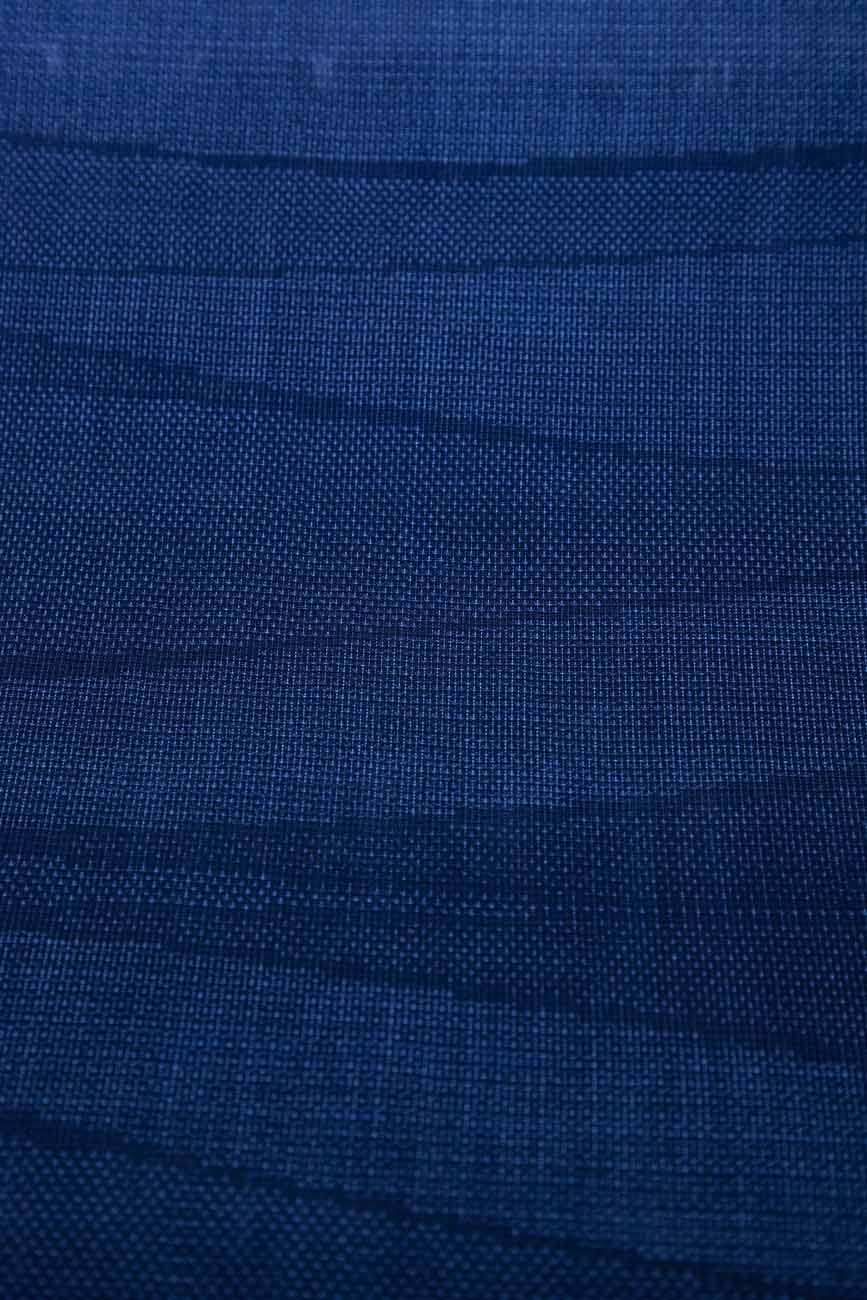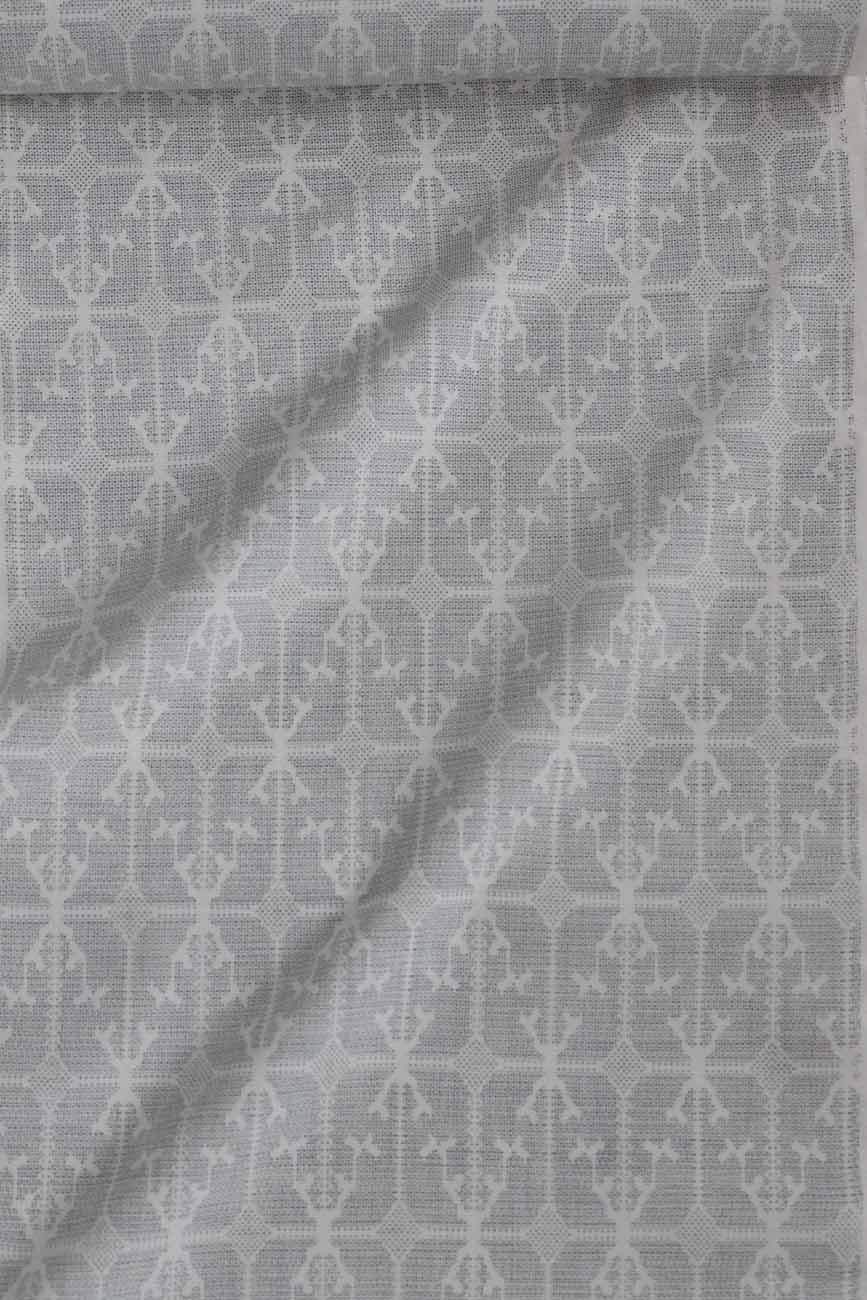薩摩絣
Pronunciation: Satsuma-gasuri
Production Area: Miyakonojo City, Miyazaki Prefecture
Satsuma-gasuri is a cotton textile produced using almost the same techniques as Oshima-tsumugi. Known for its refined aesthetic and intricate kasuri (ikat) patterns, it is said that once people had worn the finest silk kimono, they would ultimately arrive at cotton Satsuma, earning it the title “the diamond of cotton.” It uses the finest cotton thread (80-count two-ply) and is woven by highly skilled artisans to create a fabric with a silky luster and distinctive texture. The history of Satsuma-gasuri dates back to 1609, when the Satsuma domain invaded the Ryukyu Kingdom and imposed Ryukyu-gasuri as a form of tribute. This textile was then introduced to the rest of Japan under the name “Satsuma-gasuri.” By around 1736–1740, weaving had begun within the Satsuma domain itself, but production gradually declined. In 1947, Mr. Haruaki Togo, the third successor of the weaving innovator Iei Nagae, and Mr. Akio Nagae, the inventor of Satsuma-gasuri, founded the Togo Weaving House. Unlike the usual division of labor—design, dyeing, kasuri binding, and weaving—they insisted on carrying out all processes in-house. Today, Togo Weaving House is the only remaining producer of Satsuma-gasuri, creating kimono of exceptional originality. #


Photo courtesy of東郷織物



















